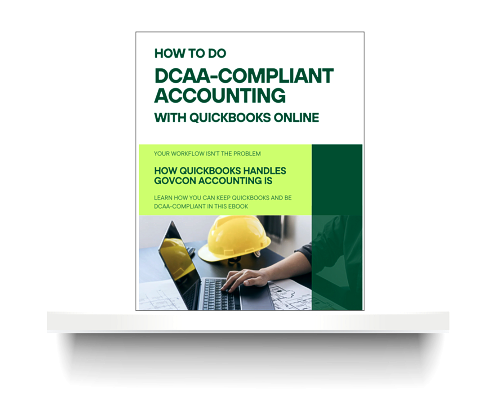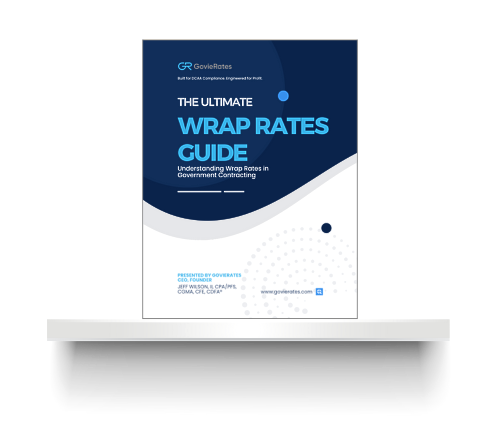RESOURCES
wrap rates In government contracting:
The key elements of wrap rates in government contracting involve incorporating overhead costs, fringe benefits, and profit margins into the fully loaded indirect rates applied to direct labor costs. Accurate estimation of wrap rates during the bidding process ensures competitiveness and profitability while covering expenses and generating a reasonable profit.
DCAA-Compliant Accounting for GovGons with QuickBooks Online:
Your GovCon business likely started with QuickBooks Online. As your business grows, you may be looking to more sophisticated ERP-type programs to handle the more complex aspects to DCAA-compliant accounting but did you know it's possible to keep QBO and your current workflows, while also keeping more in your wallet?

INDIRECT COST RATES AND CALCULATION:
The key elements of indirect cost rates and calculation involve identifying and categorizing indirect costs, determining allocation methods, and applying the rates to direct costs. Indirect costs, such as administrative expenses and facility costs, should be identified and separated from direct costs.
Proper calculation and understanding of indirect cost rates ensure fair distribution of overhead expenses and accurate project costing.

DCAA Compliance and Reporting:
The key elements of DCAA compliance and reporting in government contracting include adhering to regulations and guidelines, maintaining accurate financial records, providing adequate cost documentation, and submitting timely and transparent reports. Adherence to DCAA compliance and reporting requirements ensures transparency, accountability, and eligibility for government contracts.

FULLY BURDENED LABOR RATE:
The key elements of determining a fully burdened labor rate include considering direct labor costs, overhead expenses, and fringe benefits. Direct labor costs should accurately reflect wages or salaries paid to employees. Overhead expenses, such as rent and utilities, should be identified and allocated appropriately. Fringe benefits, such as healthcare and retirement contributions, should also be factored in. Calculating and understanding the components of a fully burdened labor rate helps businesses accurately estimate labor costs for projects or contracts.

QUICKBOOKS AND JOB COSTING:
The key elements of using QuickBooks for job costing include setting up accurate cost accounts, assigning expenses to specific jobs, tracking labor costs, utilizing job costing reports, and reconciling costs with invoices. Proper implementation of these steps in QuickBooks allows businesses to effectively track and analyze costs associated with individual projects or jobs.



